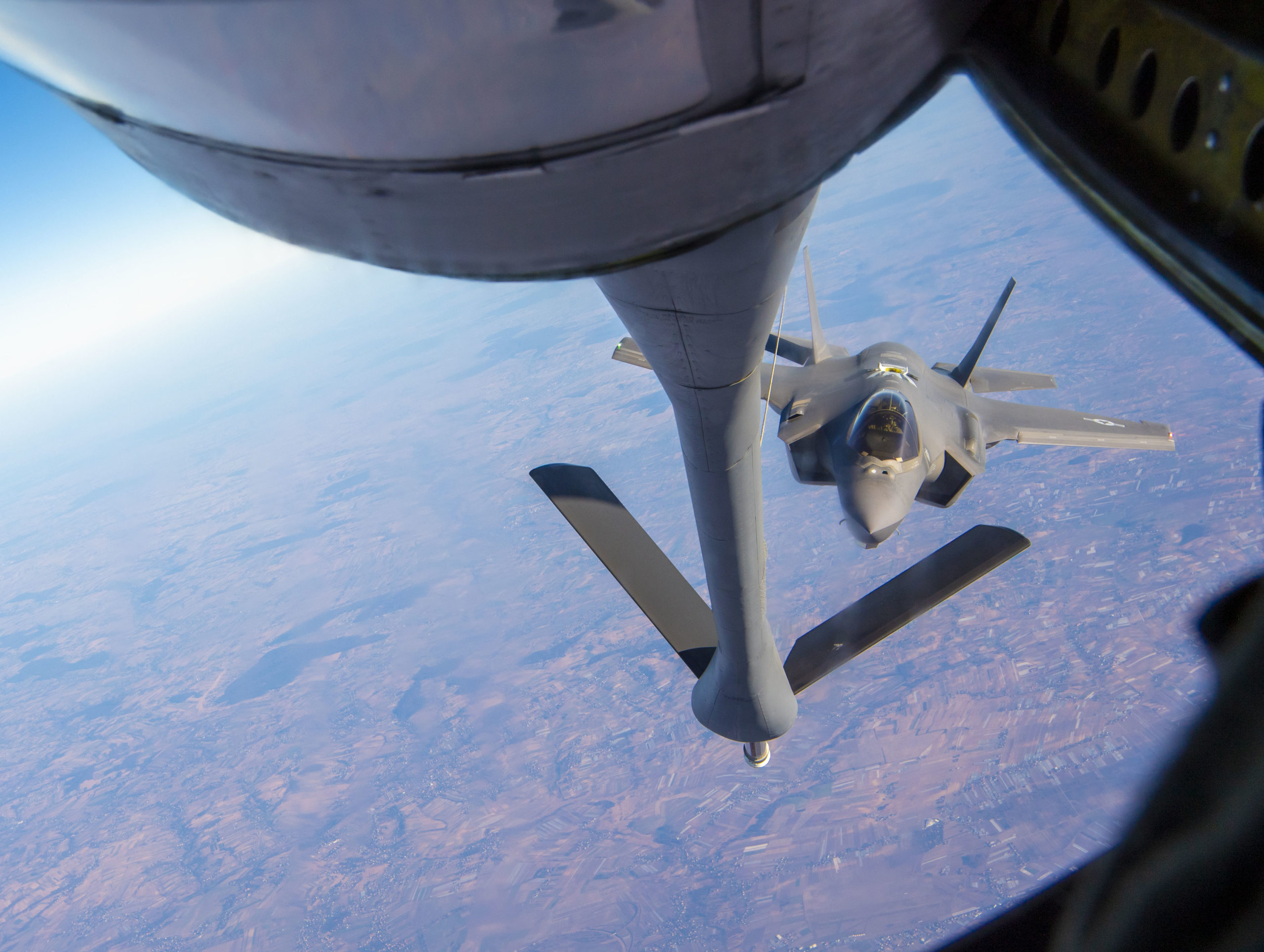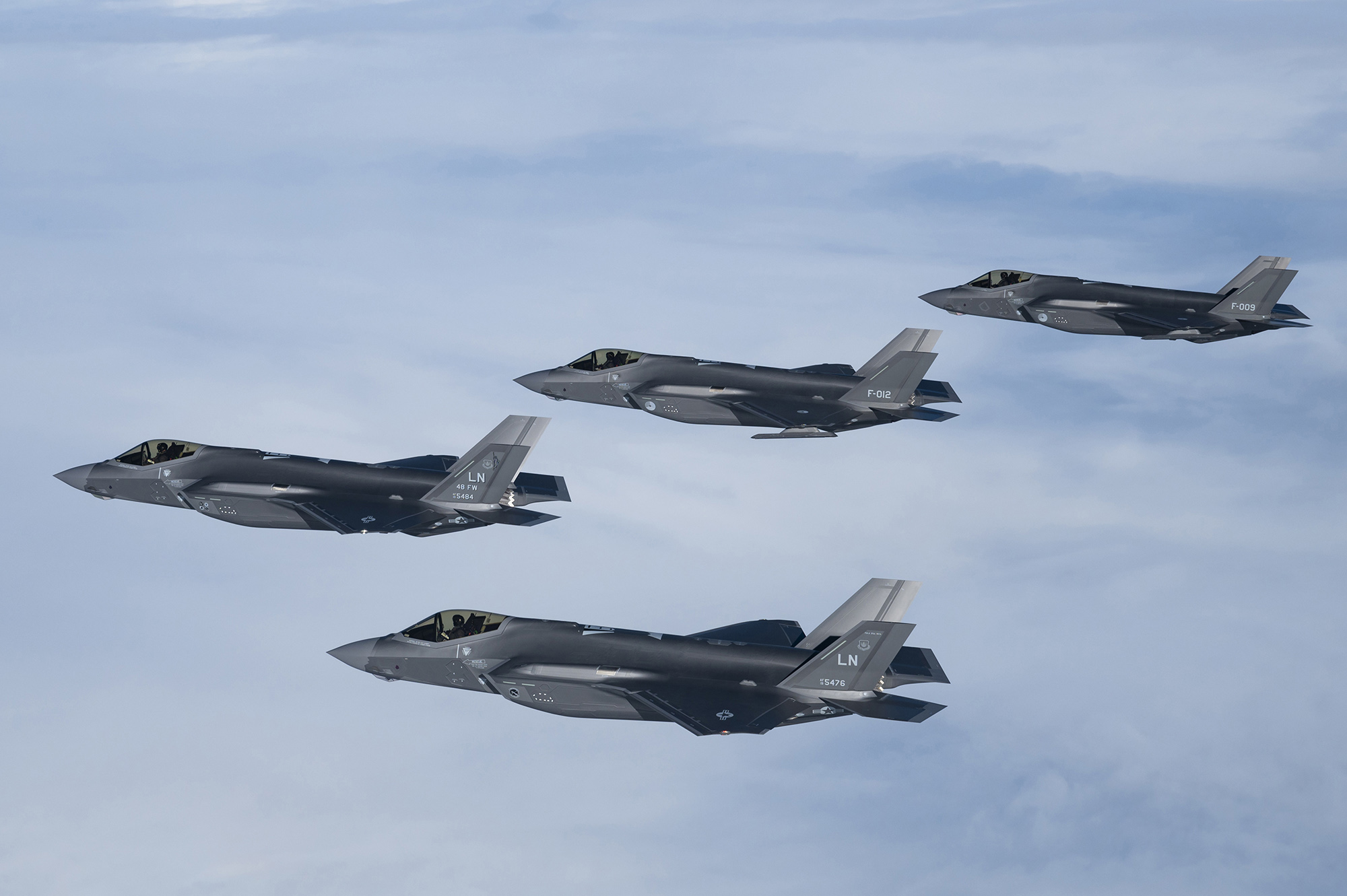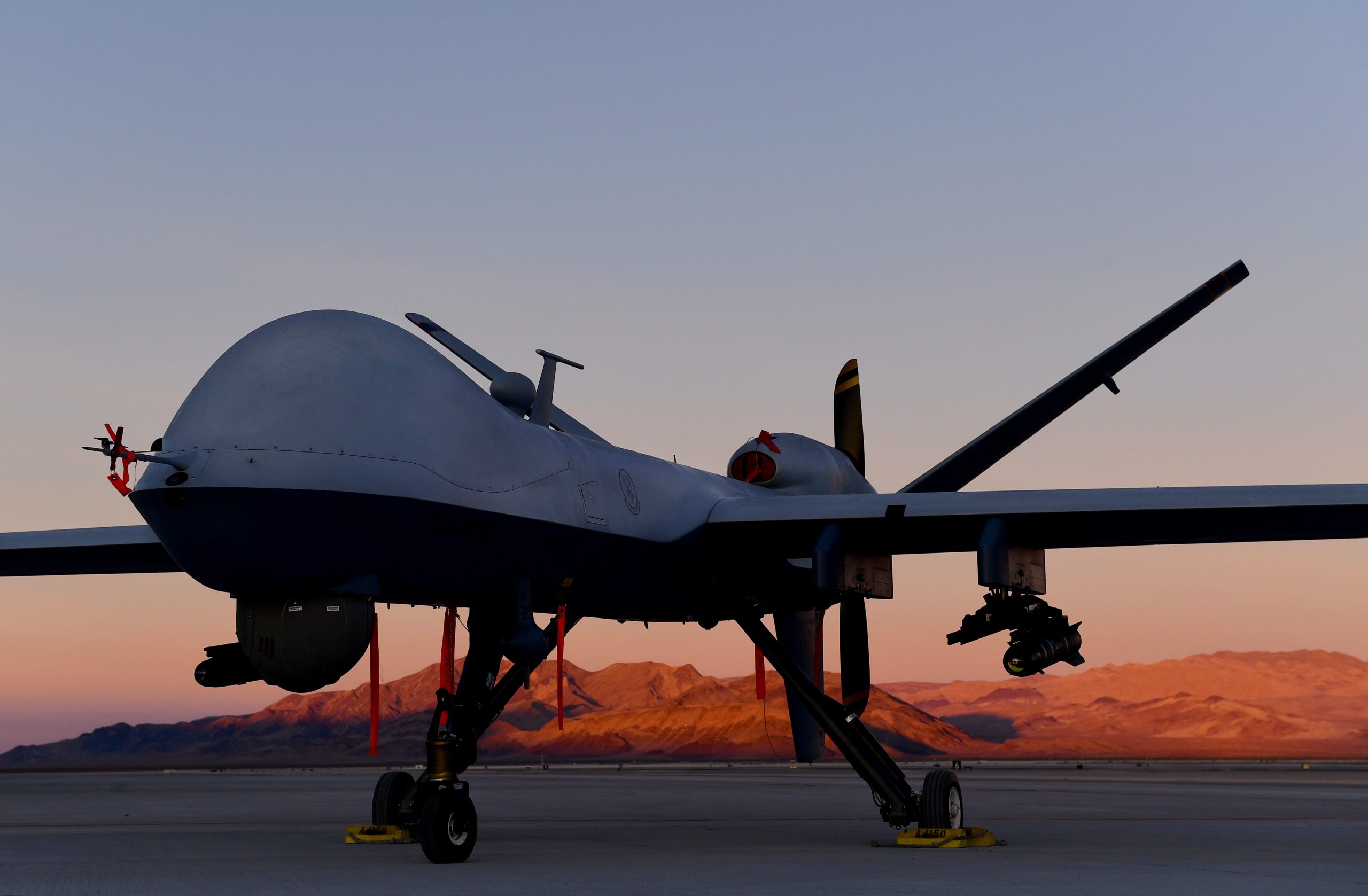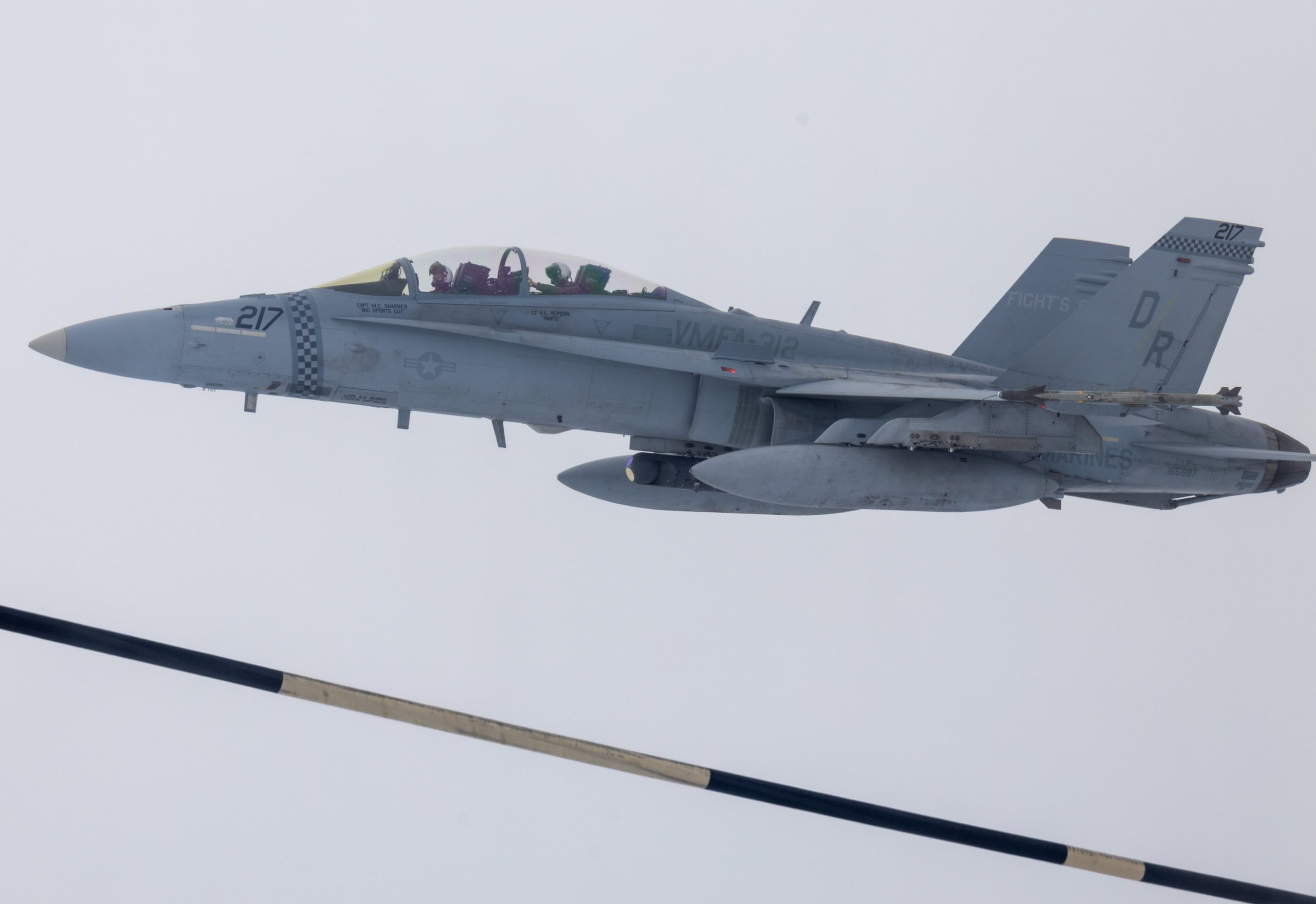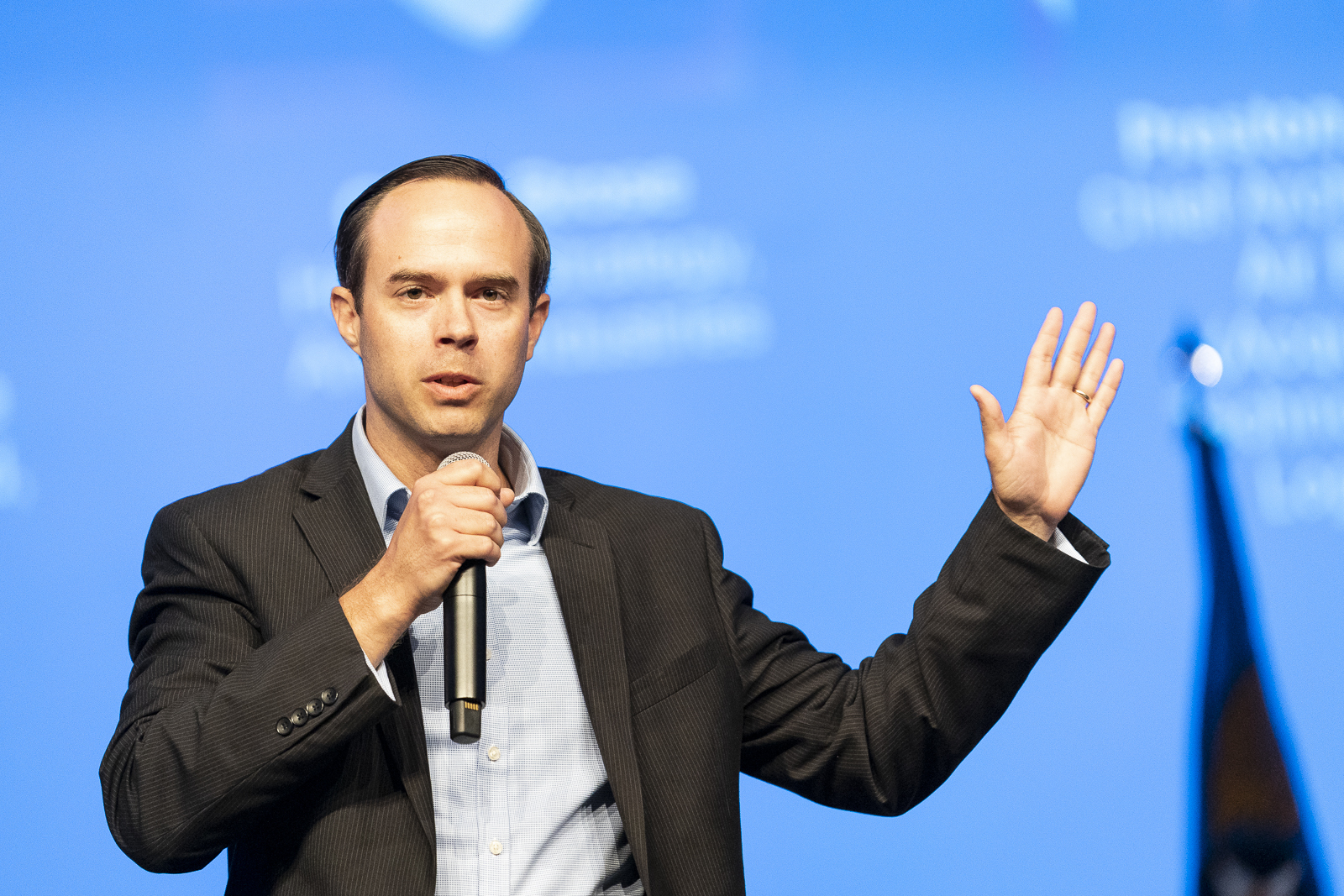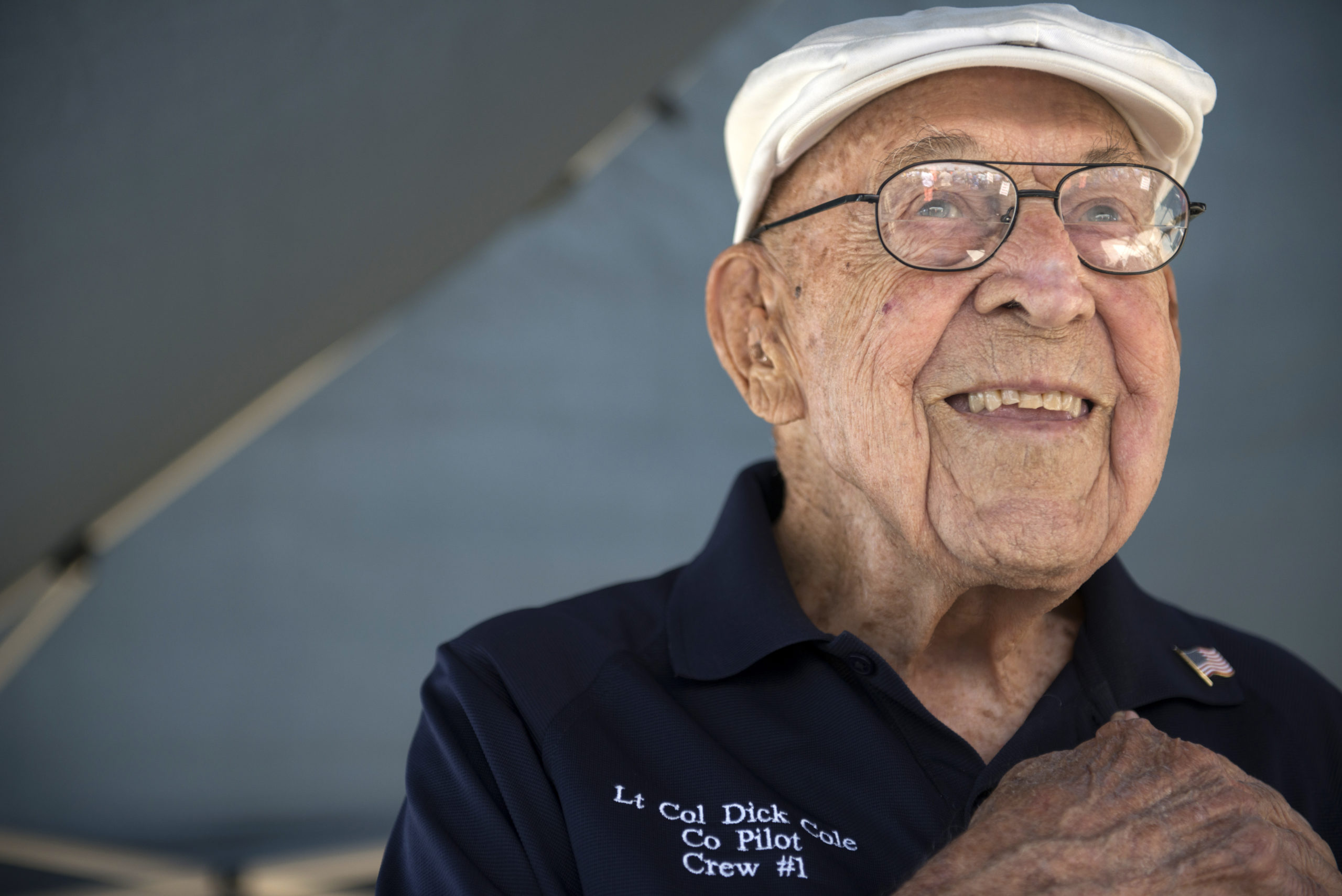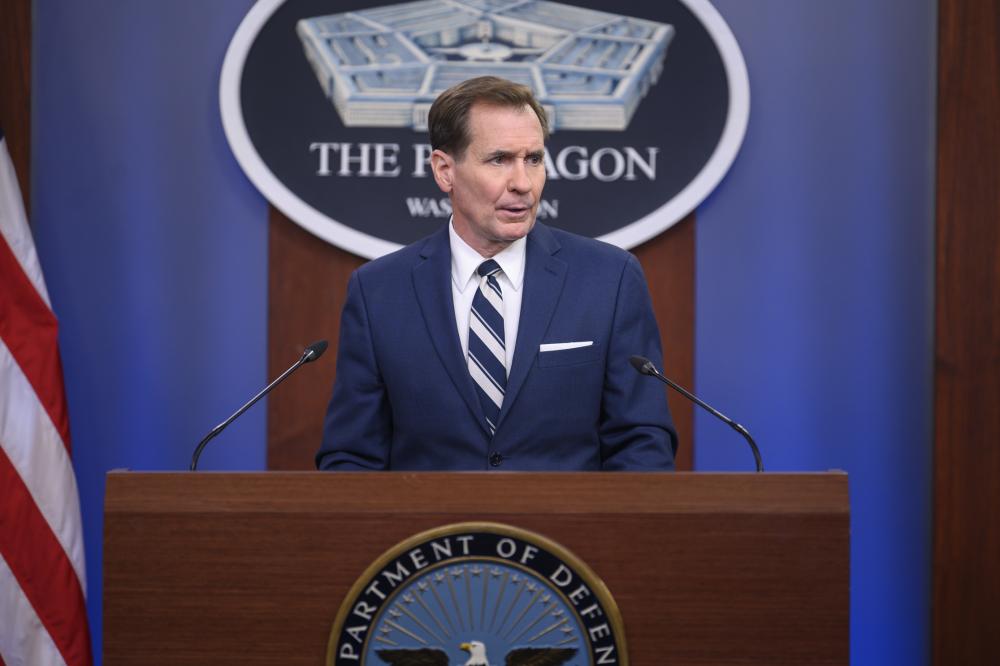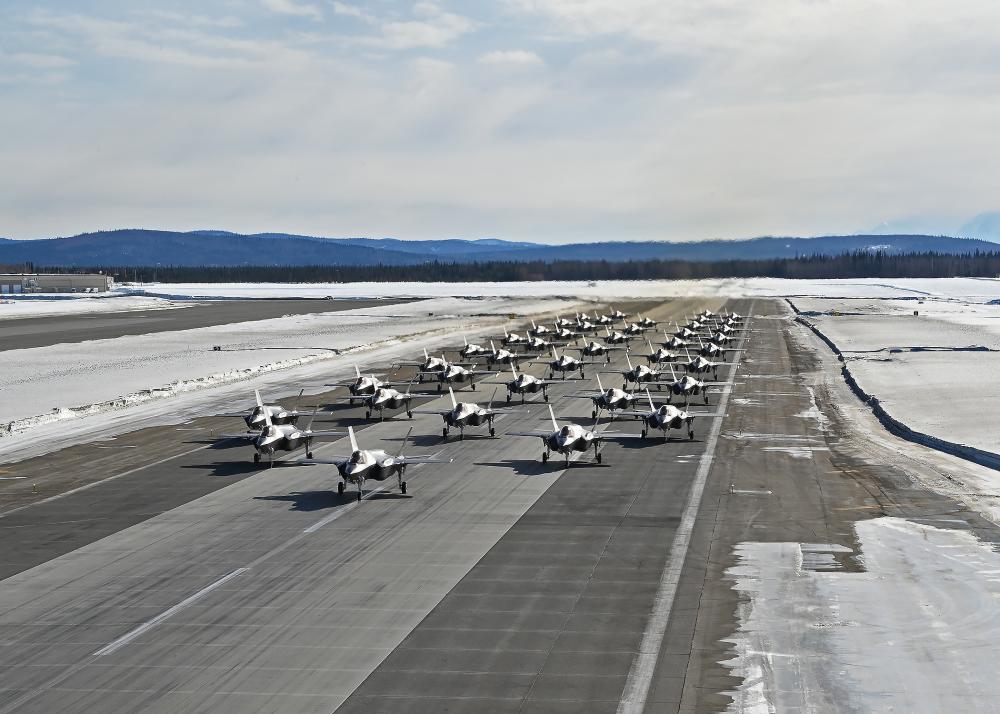SPANGDAHLEM AIR BASE, Germany—Not long ago, Spangdahlem Air Base in western Germany felt like a quiet retreat, surrounded by verdant hilltops with tiny church steeples in the distance. That all changed when Russia attacked Ukraine and threatened the NATO alliance.
Nearby Ramstein Air Base could not keep up worldwide transit operations and deliver air power to the eastern flank of the alliance. Spangdahlem could.
“Spangdahlem definitely has the perception of being a little Sleepy Hollow out here,” said 52nd Mission Support Group commander Col. Betsy Ross. “Which is great, because it’s a good cover for all the great operations that we do.”
In a matter weeks beginning in December 2021, Spangdahlem absorbed three squadrons to help conduct air policing on NATO’s eastern flank, and it forward deployed assets to allied nations closest to the threat.
Practiced in the quick preparation for large numbers of personnel and equipment after the Afghanistan refuge and welcome operations, old barracks were outfitted with hundreds of new beds; cots were set up in schoolhouses; and hot meals and showers were assured for hundreds of arriving service members.
Spangdahlem received F-35s from the 34th Fighter Squadron at Hill Air Force Base, Utah; KC-135s from the 92nd Air Refueling Squadron at Fairchild Air Force Base, Wash.; and six EA-18 Growlers from the Navy’s Electronic Attack Squadron 134 (VAQ-134) at Naval Air Station Whidbey Island, Wash.
The air base also facilitated the movement of people and equipment to the eastern flank for forward deployments at air bases in Estonia, Lithuania, Poland, and Romania.
In one two-week period, the 2,200-strong Installation Deployment Readiness Cell saw a 600 percent increase in its operations with no additional manpower, receiving cargo packs and aircraft and conducting refueling.
Ross said Spangdahlem’s history of innovative thinking and the importance of the moment got the job done.
“We are making history right now,” Ross said. “To actually put into action what we’ve trained and talked about for so long, to put it into action, and to be able to execute those missions is super exciting. And to me, that is the biggest morale boost.”
In making the decisions necessary to meet the need, she reflected on lessons learned from Amazon founder Jeff Bezos, spoken at the 2018 Air & Space Forces Association’s Air, Space & Cyber Conference.
“There are two types of doors. One you can go through, and if it doesn’t work out, you can come back and start over. And the other door, when you go through, there’s no turning back. So, you’ve got to be right,” she recalled.
“When we look at innovation, it was like, where can we go in and out and make adjustments?” she said. “And, where do we have to get it right from the start, so that we don’t impact mission capability?”
Democracy in Danger in Eastern Europe
While Spangdahlem was spinning up air power projection to the NATO eastern flank allies, the NATO countries of Eastern Europe were seriously concerned about their own territorial integrity and the threat to their young democracies, within Moscow’s sphere of influence not four decades ago.
“The war is not about only Ukraine. It’s about Europe. It’s about Euro-Atlantic security. It’s about securing our future,” Romanian Deputy Defense Minister Simona Cojocaru told Air Force Magazine during an interview at the Romanian Ministry of Defense in Bucharest.
“It is clear that we share the U.S. view regarding the need to defeat Putin’s Russia,” Cojocaru said, emphasizing the Russian threat to the Black Sea NATO countries. “There are no signs that Moscow will change its strategy to expand its influence in the near abroad and beyond.”
In Poland, which has experienced centuries of Russian aggression and occupation, historical lessons have led to bold decisions in national defense.
“There is a very sober awareness that our reaction must be very decisive here,” Polish Chief of the Air Force Directorate Brig. Gen. Ireneusz Nowak told Air Force Magazine in a secure video interview conducted at the Powidz Air Base in central Poland.
“Hopefully, with the support from NATO and from the free world, Ukraine is going to win, or Ukraine is going to at least sustain this invasion and hold that invasion far away from the NATO border,” he said.
A Lithuanian defense official who spoke to Air Force Magazine by telephone echoed the sentiment from the perspective of the Baltic states. The heavily militarized Russian exclave of Kaliningrad sits on the Baltic Sea between Poland and Lithuania.
“This is also a vulnerable area and sort of easy hanging fruit from the military perspective,” the official said. “This air policing mission is important in order to switch to the air defense mode, in case it’s needed.”
Changing Missions at the Speed of Need
Squadrons that deployed to Spangdahlem were shifted from other missions, or planned training and exercises, to meet the need in Eastern Europe. That meant positioning tons of support equipment, with C-17s and C-5s flowing into the small air base’s single 10,000-foot runway and 10 parking spots.
“We’ve been really busy,” said Maj. Angele Montfort, director of operations at the 726th Air Mobility Squadron.
“March is when we had to support the KC-135s as well as the F-35s, the F-16 mass movement to Poland, and then we had a short-notice POTUS support mission,” she said, referring to support equipment tied to President Joe Biden’s visit to Poland.
Meanwhile, Spangdahlem is still supporting missions in the U.S. Central Command and U.S. Africa Command areas of operation.
The 92nd Air Refueling Wing had been preparing for a six-month deployment to Turkey when its assignment changed and members quickly switched gears to support the NATO eastern flank mission.
“This is different in a lot of ways,” said Capt. Hunter Warrick, the KC-135 aircraft commander responsible for the first NATO air policing refueling mission that flew out of Spangdahlem.
“We’re basically figuring this out as a squadron as we go,” he said, describing quick integration with maintenance, force support, security forces, intelligence, and other units on base to write a “new script.”
“Literally, the first day we got back, we were talking for hours on, ‘Hey, here’s how the next guy is going out, and here’s what they need to expect,’ and kind of building this package,” said Warrick.
2nd Lt. Hannah Bergman, an intelligence officer, said the crew reached out to half a dozen organizations across the base to prepare for the first mission, noting that the team sent out the first lines three days after arriving.
“We’re pretty much setting up shop from nothing, like no products built for intelligence to support them, and nothing that we’ve been used to doing,” she said. “So, it took a lot of different support assets from the base to actually help us set up and prepare.”
The KC-135s are now refueling air policing missions in the skies over Poland.
“For the conflict going on, a lot of what we’re worried about is just making sure that we contain that conflict,” Bergman explained.
“We don’t want this to impact our NATO allies, especially on the eastern flank,” she said. “The whole reason we’re here is for deterrence and defense of NATO right now.”
Ross said the Spangdahlem mission is historic in that its successful execution is a strong sign of U.S. reassurance to NATO allies in the face of unpredictable Russian aggression.
“This is a turning point in our world dynamics, and things will never be the same as they were,” she said. “To be part of that, and to make sure that we are contributing to protecting our NATO alliance and protecting democracies around the world,” is something everyone takes pride in.
